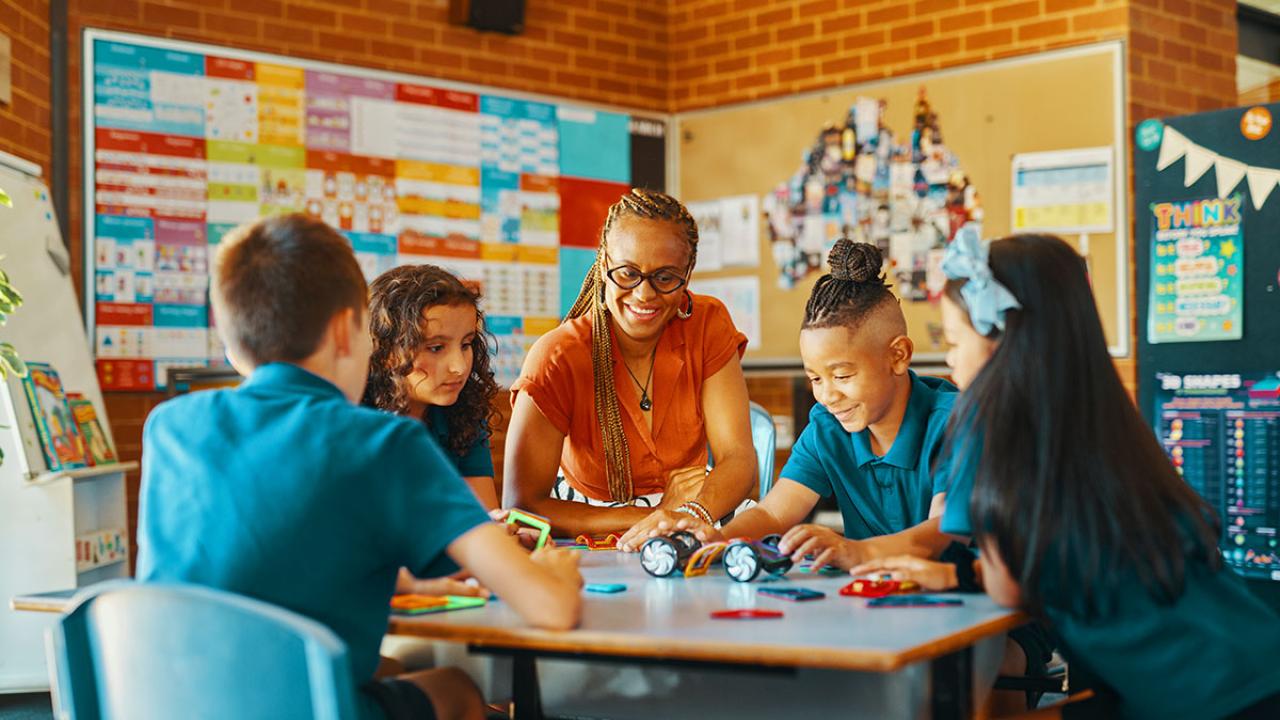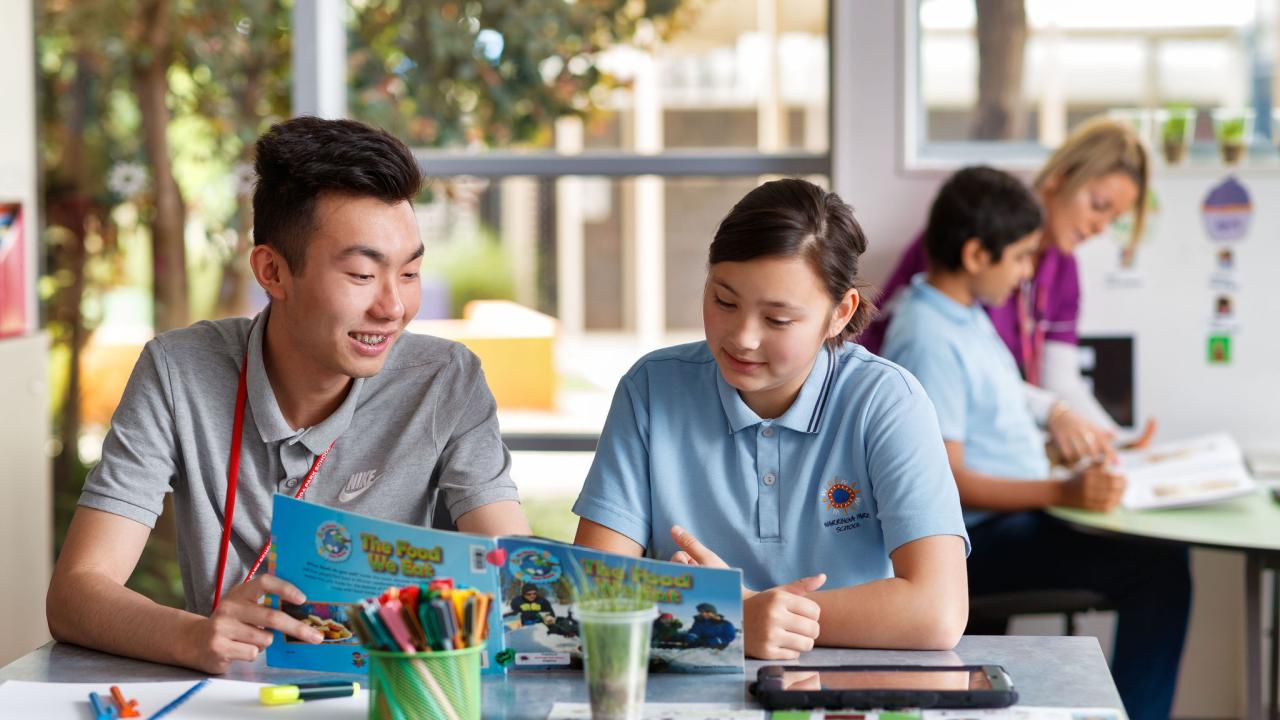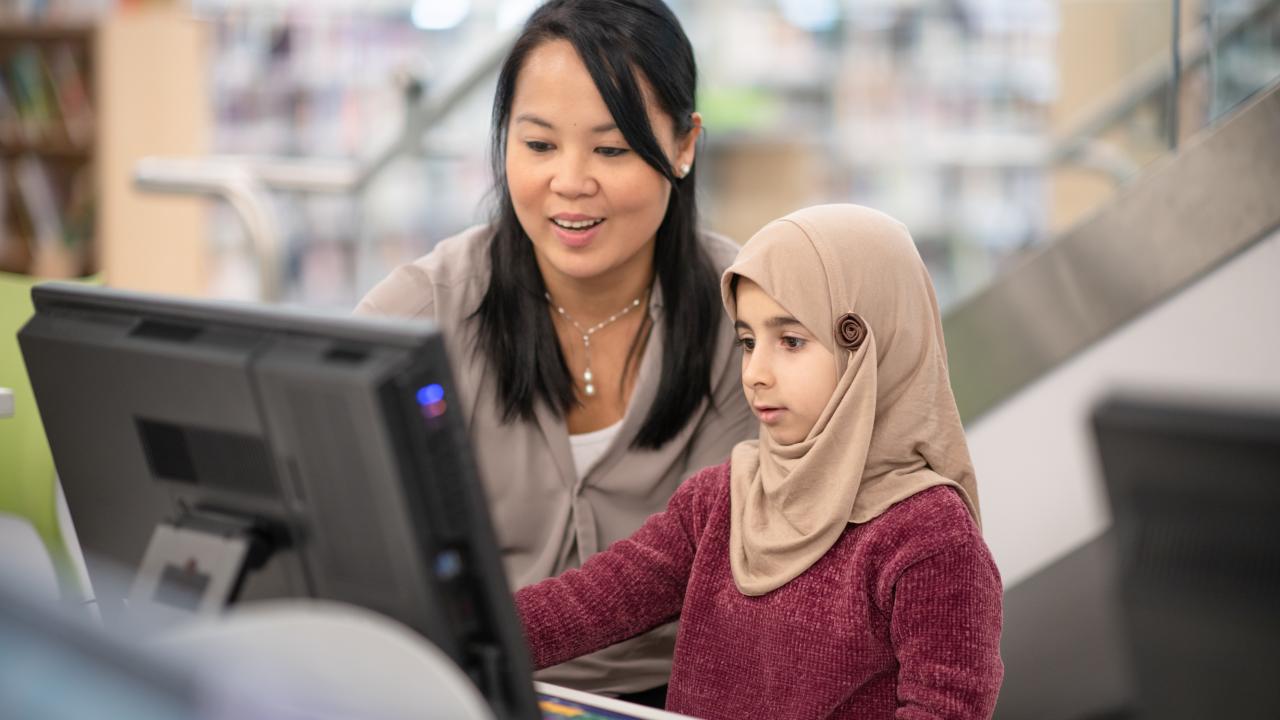06 Oct 2025
Thought Leadership Series
Under the surface: Anxiety in the classroom | Dr Jodi Richardson

Anxiety is the most common mental health condition among young Australians, profoundly impacting learning, engagement, memory, behaviour, attendance, relationships with peers and teachers – and, too often, it impacts future opportunities in ways that go unseen in the classroom.
Anxiety
Everyone feels anxious from time to time. For students, anxiety may be experienced when starting school, going on camp, reading aloud in class or sitting a test. Under these circumstances anxiety rises in anticipation of the challenge or opportunity, and falls after the ‘event’ has passed. Anxiety disorders are different. They are characterised by frequent, excessive fear and worry, which can seriously reduce a young person’s ability to function in their day-to-day lives.
How an anxious student acts or conducts themselves in the classroom (their behaviour) often masks what’s happening beneath the surface including:
- anxious thoughts and rumination
- distressing emotions
- uncomfortable physical sensations.
Anxiety at school
When anxiety rises, neurobiological skills are compromised, impacting key elements of learning such as attention, focus, regulation, working memory, retention and recall – all of which are essential for mastery and application.
Students experiencing anxiety may struggle to:
- Initiate a task.
- Persevere with tasks.
- Join in classroom activities.
- Contribute to classroom discussions.
- Transition between tasks.
- Ask for help.
- Cope with change.
Anxiety-related behaviours can be hard to recognise in the classroom and may be mistaken for purposeful misbehaviour. Common examples include:
- Putting their head down on the table.
- Pacing around the room.
- Leaving class frequently.
- Silly or distracting comments.
- Interrupting others.
- Giving up quickly on tasks.
- Avoiding work or participation.
- Ignoring requests to stop.
- Disrupting peers.
- Tearfulness.
- Appearing defiant.
Supporting anxious students
Reprimands and incentives are ineffective; instead, teachers can make a real impact by shaping the environment and teaching regulation, problem-solving, rumination interruption and other skills anxious students need to thrive.
Positive Classroom Management Strategies that foster clarity and predictability combined with clear expectations are helpful, but some anxious students lack the skills to follow instructions such as ‘ask for help when you need it’. Identifying these skill gaps, explicitly teaching the missing skills and building independence over time is the key to supporting their success.
It’s helpful to remember BEHAVIOUR:
- Has a function.
- Occurs in patterns.
- Is due to skill-based gaps.
- Is changeable.
Psychological safety
When students feel psychologically safe, their nervous system is more regulated and their attention is free to focus on learning. Safe, supportive and inclusive learning environments enable students - anxious or otherwise - to take risks, make mistakes, contribute and ask questions without fear of judgement or embarrassment.
Psychologically safe environments can be fostered in a number of ways including:
- school staff modelling vulnerability and humanness
- providing consistency and predictability
- building connection (try ‘2 x 10’: 2 mins of conversation about non-school related topics for 10 days)
- encouraging student voice and choice to strengthen feelings of control and certainty
- responding to anxiety and behaviour with calm
- developing staff capacity for co-regulation.
Independence and confidence
Independence and confidence go hand-in-hand. Every success an anxious student achieves on their own builds their belief that they are capable of handling and overcoming challenges.
Independence is built through the development of skills including:
- accurate thinking e.g. Rate the difficulty
- initiation e.g. Sentence starters
- persistence e.g. Begin with partially finished worksheet
- help seeking e.g. Non-verbal cue to teacher
Small wins, scaffolded tasks, and visible progress build both independence and confidence.
With understanding, patience, support and skill-building, anxious students can re-engage in their learning, strengthen connections within their school community and flourish.





